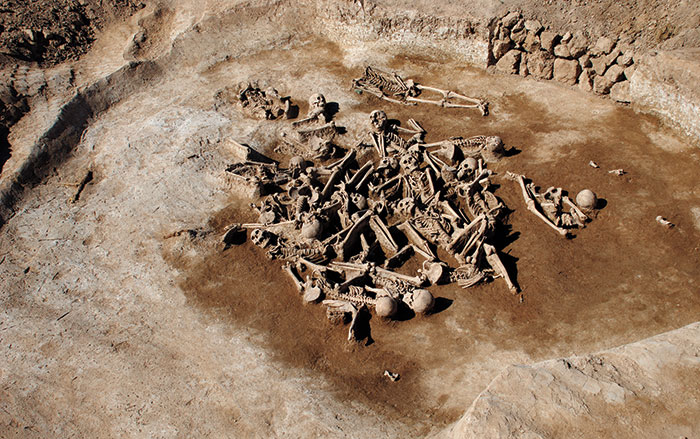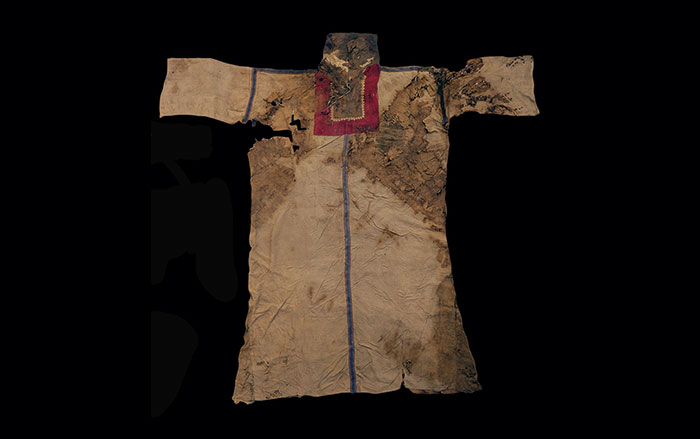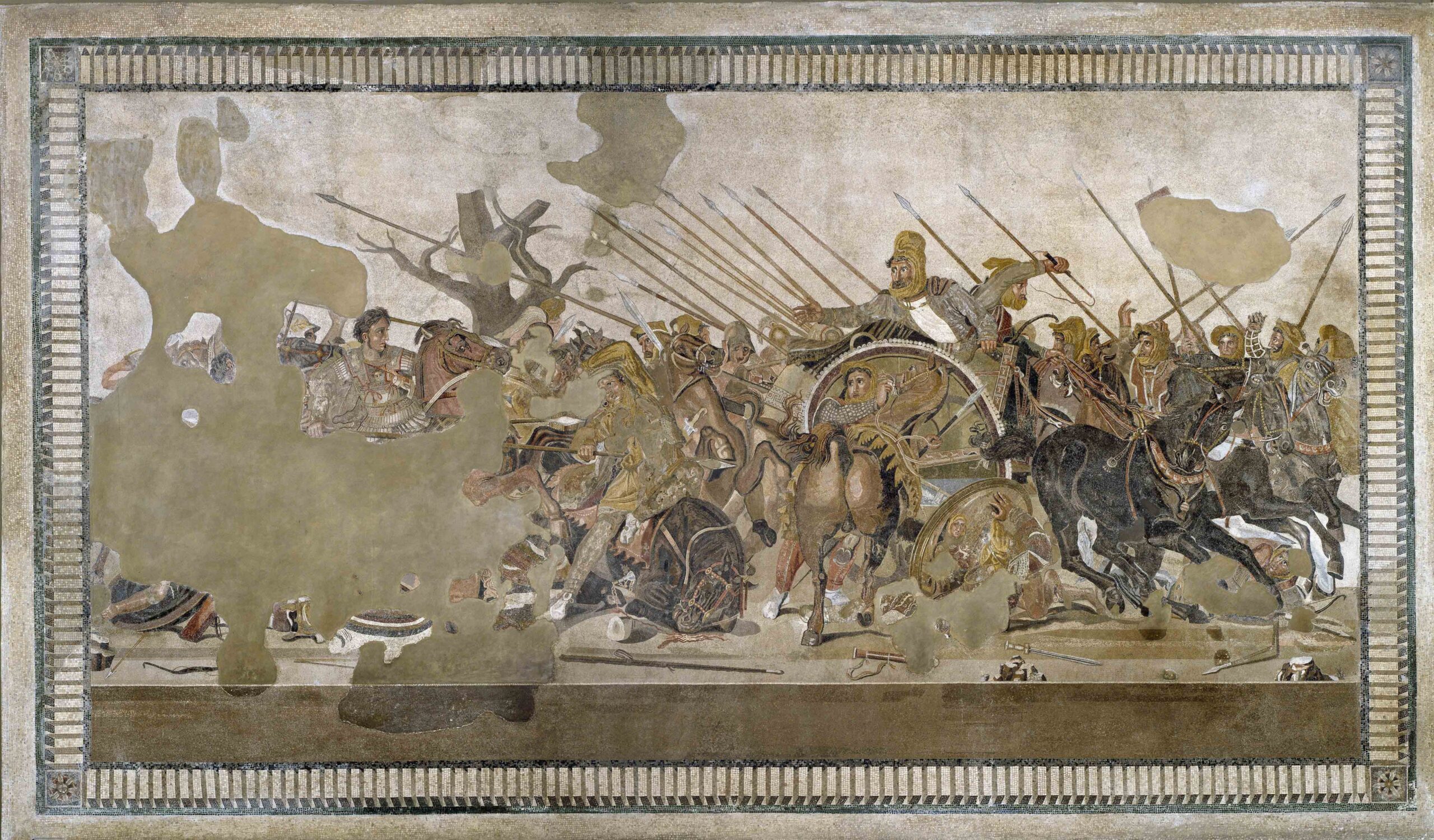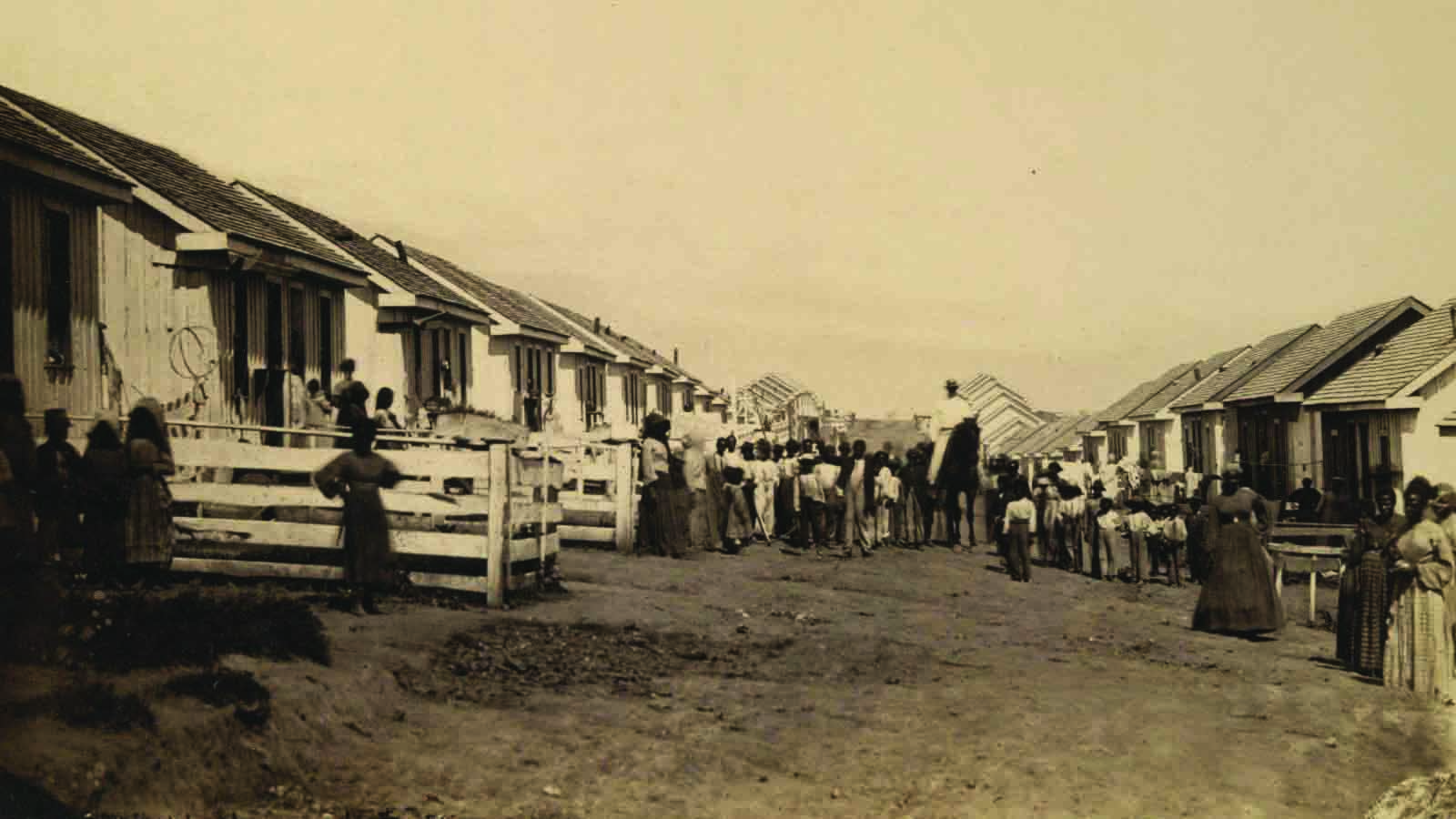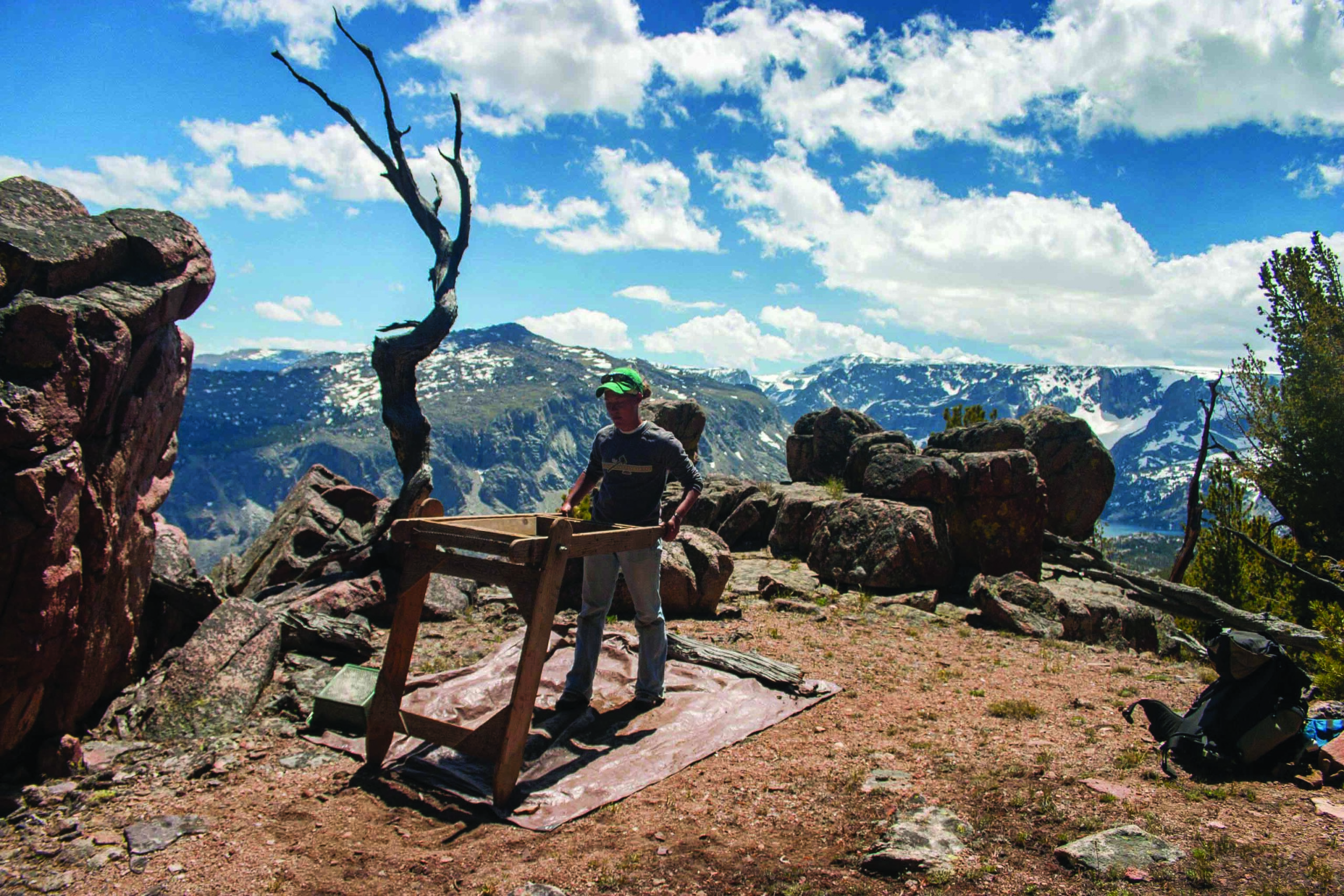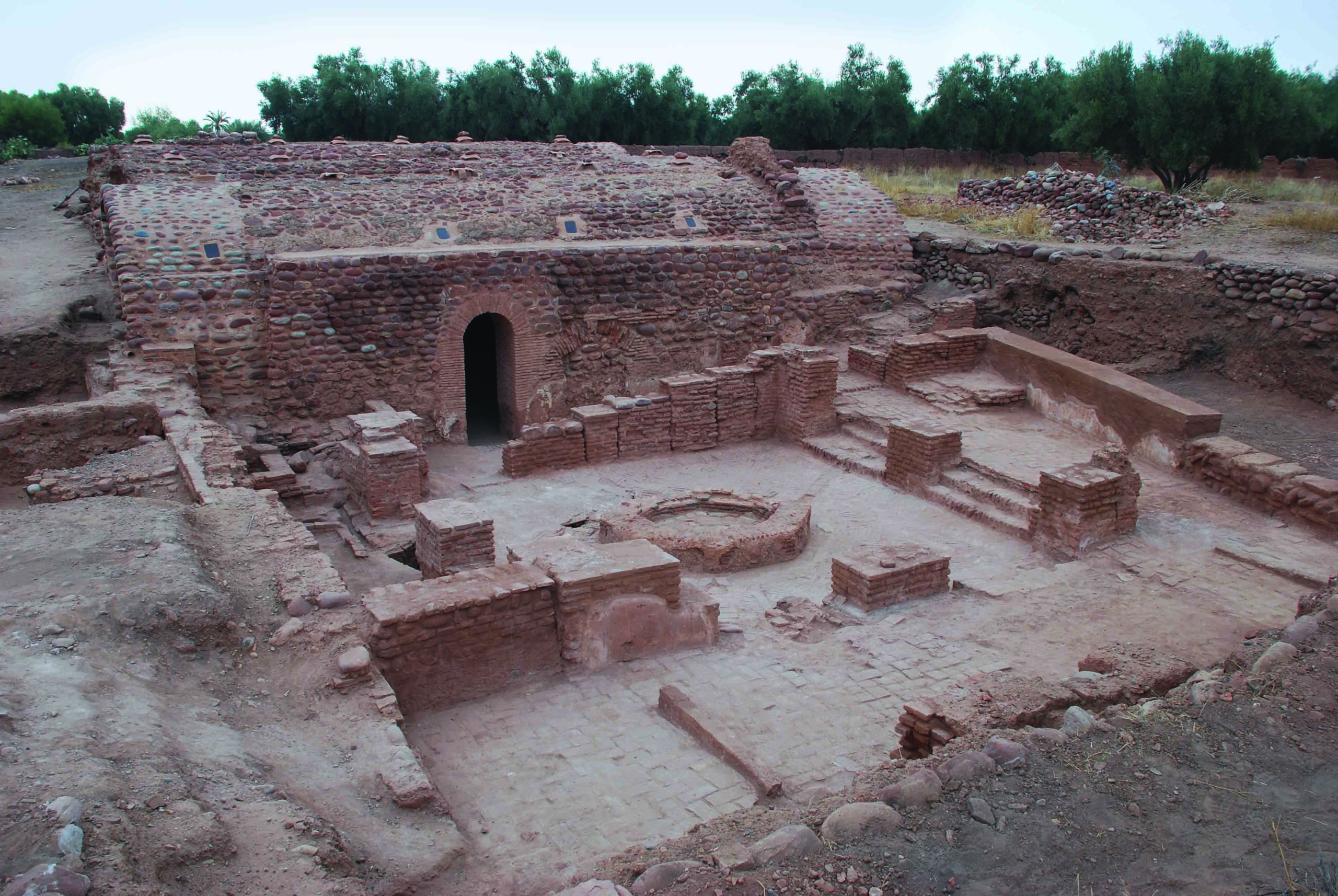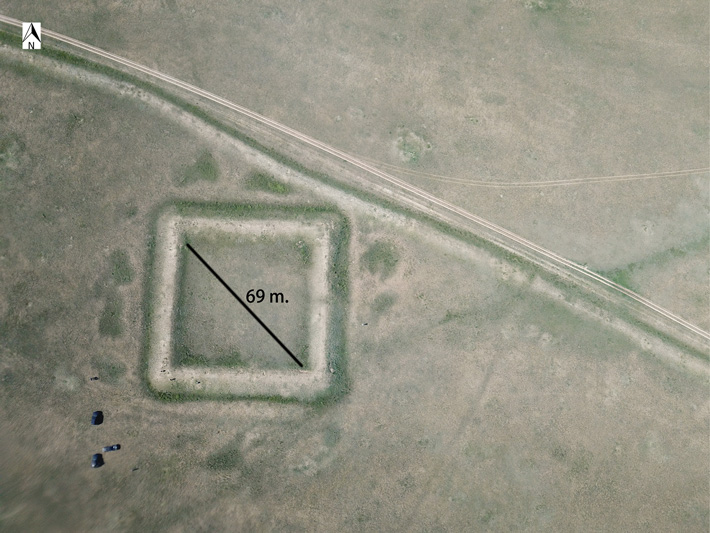
JERUSALEM, ISRAEL—According to an Agence France Presse report, researchers led by Gideon Shelach-Lavi of Hebrew University of Jerusalem used drones and high-resolution satellite images to map the 460-mile-long Northern Line of the Great Wall of China, most of which winds through Mongolia. The Northern Line was constructed of pounded earth between the eleventh and thirteenth centuries. “Prior to our research, most people thought the wall’s purpose was to stop Genghis Khan’s army,” Shelach-Lavi said. But the team members found that much of this section of the more than 13,000-mile-long Great Wall is low in height and placed near paths, and therefore may not have been intended to deter enemy invasion. “Our conclusion is that it was more about monitoring or blocking the movement of people and livestock, maybe to tax them,” Shelach-Lavi said. To read about two lavish tombs unearthed in Mongolia in which nobles of the Xiongnu Empire were buried, go to "Tomb of the Silver Dragons," one of ARCHAEOLOGY's Top 10 Discoveries of 2019.



